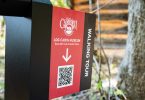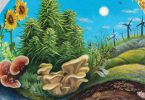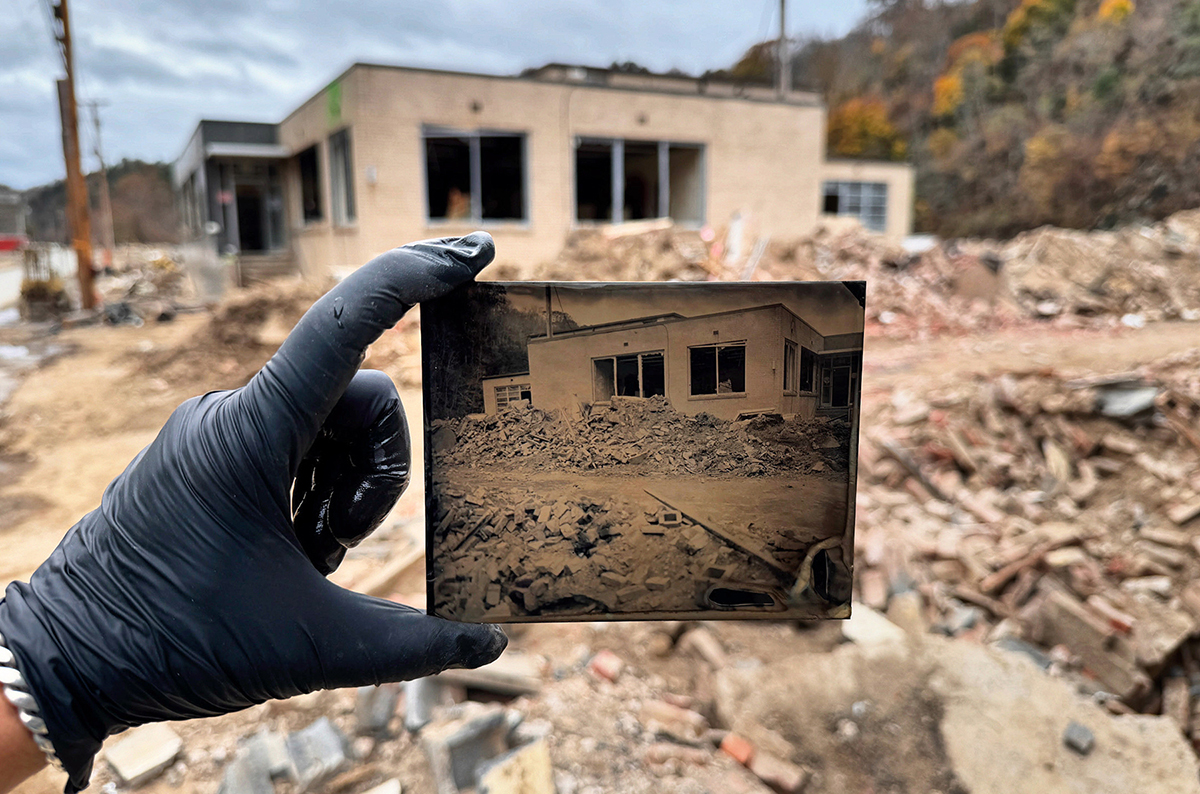
South Main Street, Marshall. Sarah Jones Decker, artist

Sarah Jones Decker. Photo by Lauren Rutton
When Hurricane Helene devastated Western North Carolina last fall, resourceful residents found all manner of ways to help their neighbors. Sarah Jones Decker, a photographer, writer and organic farmer who lives in Marshall, put a newly acquired skill into practice as a means of witnessing the storm’s impact and telling stories about survivors in her community. Beginning Wednesday, October 1, Weizenblatt Gallery, at Mars Hill University (MHU), presents a solo exhibition of Decker’s photography titled Tintype Time Capsule: Marshall After the Flood. A free opening reception will be held at the gallery on Friday, October 3, from 5-8 p.m., and the exhibition runs through Friday, October 31.
The project represents professional growth for Decker as well as a lasting historical contribution to her community. “To witness history unfolding before my eyes, to make photographic magic on the streets of my town—it’s an experience I will carry with me forever,” she says. “What an incredible privilege it’s been to share this process with the people of Marshall, creating one-of-a-kind, analog treasures that stand as symbols of our collective strength.”
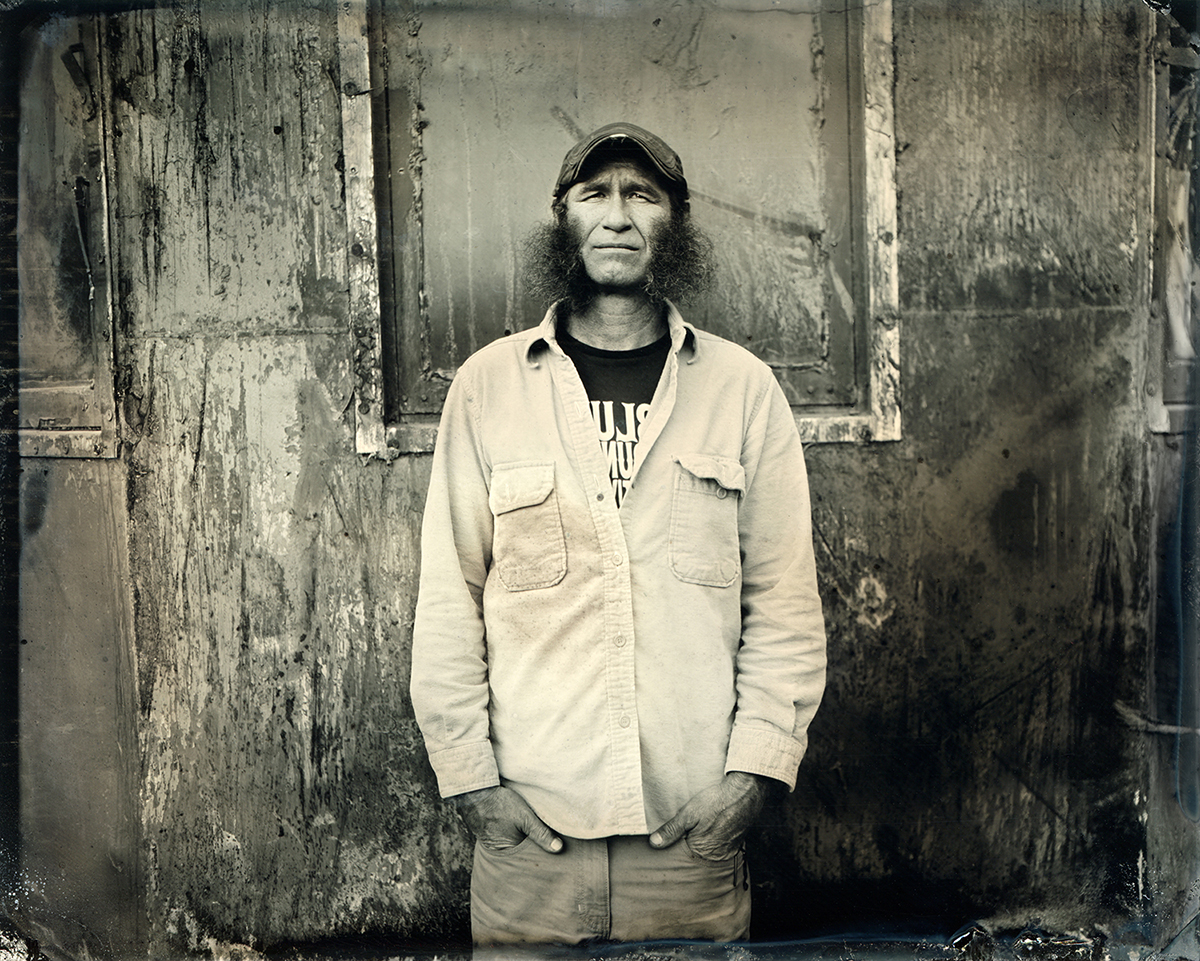
Johnny. Sarah Jones Decker, artist
Not only was Decker working with a new process she had just delved into—wet plate, tintype collodion photography—but she also had the area’s devastation to navigate and the necessity of creating a mobile darkroom in the back of her Subaru. “I started doing darkroom photography 30 years ago in high school, but had only started working with wet plate collodion four months before the flood,” she says. “I took a workshop to continue my personal education and had the plan to practice for a year and to then, hopefully, shoot the Mermaid Parade in Marshall. I never expected to build a darkroom in my car and work on this intensely personal project day in and day out for months.”
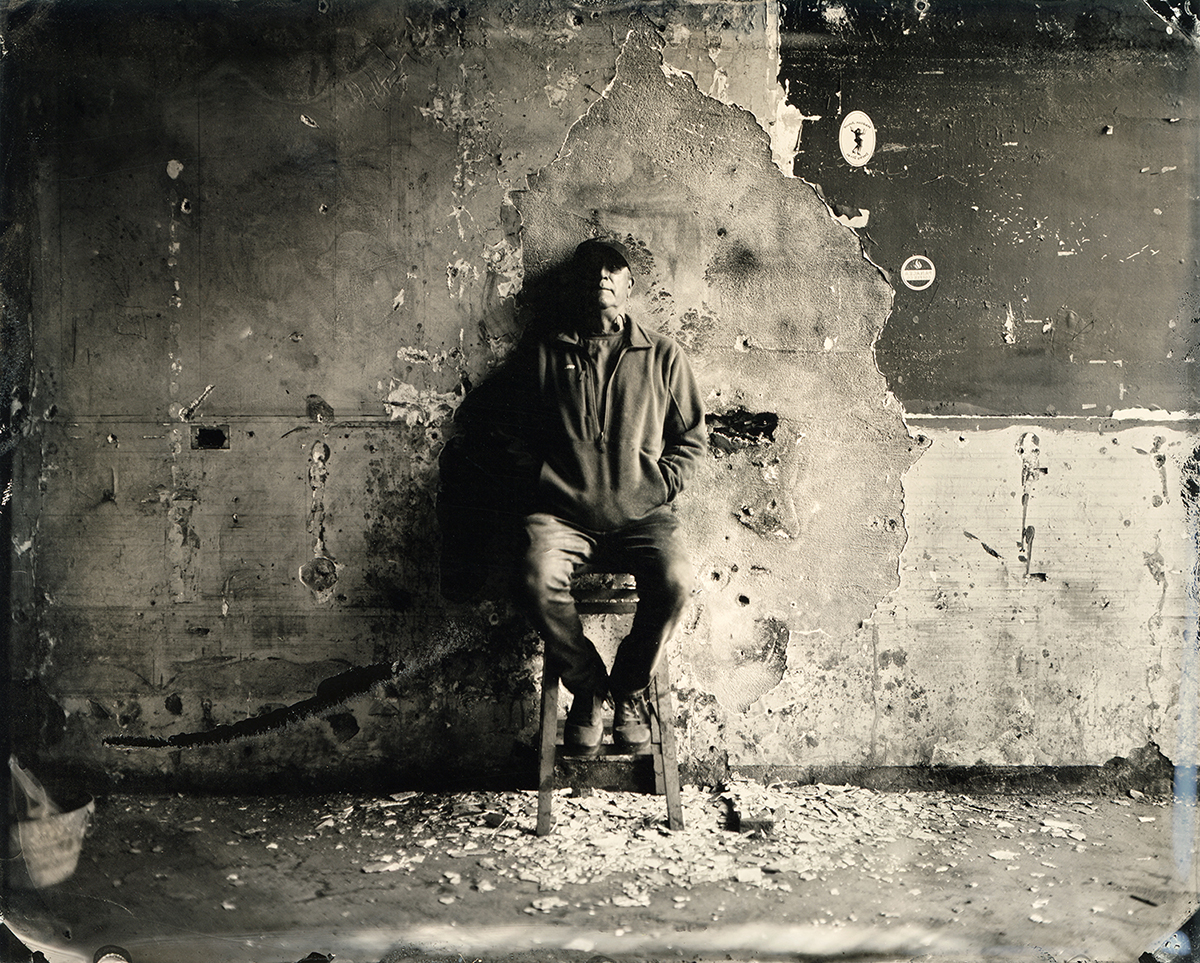
Joel. Sarah Jones Decker, artist
The process, popularized during the Civil War, involves producing tintypes by pouring collodion onto a thin sheet of blackened metal which is then immersed in silver nitrate to make it light sensitive and able to produce an image. “The final step—fixing the plate—allows the subject to witness the image develop in full daylight,” Decker says. “It’s more than just a photograph; it’s an experience. On multiple occasions, my subjects and I have huddled around the tray, watching the image emerge, tears welling as the photograph came to life. It’s an emotional process to share—one that connects us not just through the medium, but through our shared humanity.”
Subjects for the project included Marshall’s business owners, artists, musicians, makers, workers and multi-generational locals. Most images in the solo exhibition will be for sale as well as for viewing, with raffle opportunities to benefit the Madison County Arts Council.
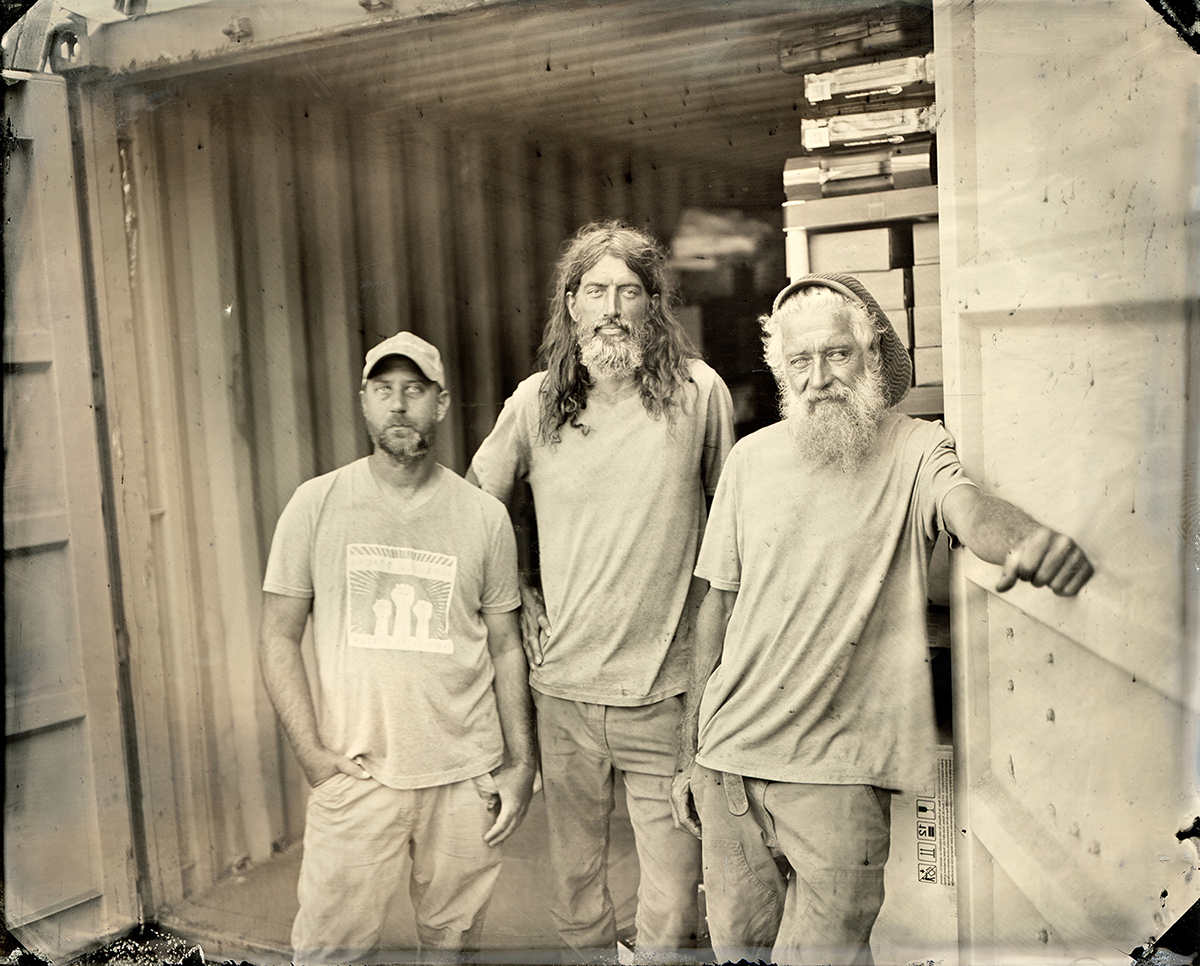
Nanostead. Sarah Jones Decker, artist
“We’re very excited about showing Sarah’s work in Weizenblatt Gallery,” says gallery director Skip Rohde. “I became familiar with her work several years ago when she was a photography instructor at MHU. What she’s done in the aftermath of Helene has been incredibly powerful. As a Marshall resident and someone directly affected by the storm, she has brought an intense personal connection to her photography and storytelling. It’s incredibly powerful.”
The wet plate collodion process, Decker says, encourages intention, a slower pace and a trust in the process. “The tintype technique, with its historical roots, is undeniably magical,” she says. “Embracing this challenging medium, with all its imperfections, humbled me and helped me discover my creative voice. This project has been a journey of both artistic discovery and personal healing—not just for me but for the mountain community I love so much.”

Mobile darkroom. Sarah Jones Decker, artist
Decker says that her farm and home in Marshall were spared damage from the storm, but what she saw all around her resembled a war zone. “It has been an honor of my career to produce this work and share these moments with Marshall,” she says. “To have a show a year later felt forever in the future, and yet here we are. I hope that folks can come to see these one-of-a-kind moments of this chapter of Marshall’s history.”
Weizenblatt Gallery is located on the campus of Mars Hill University in the Moore Fine Arts Building at 79 Cascade Street, Mars Hill. Hours are Monday through Friday, 10 a.m. to 4 p.m. Learn more at mhu.edu. Follow Sarah Jones Decker’s work on Instagram @sarahjonesdecker.


